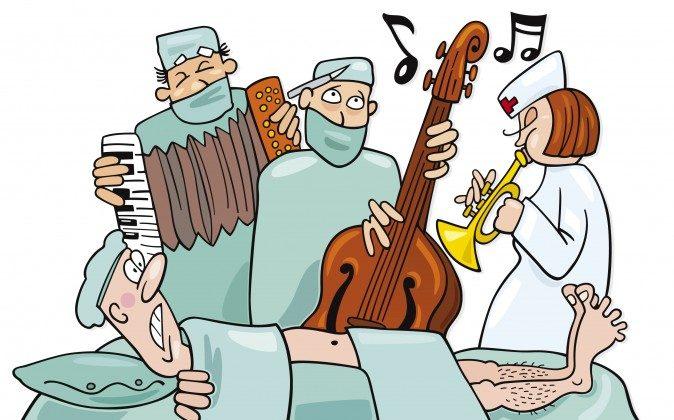There’s not a lot of great data out there on what kinds of coincidences happen to people, mostly because the stories are often so singular as to be hard to quantify. But David Spiegelhalter, the Winton professor for the public understanding of risk at the University of Cambridge, collects coincidence stories, and has now shared the initial results with me.
Here’s a map Quid made of the full data set:
The Top Coincidence Themes and Their Connections

Each dot represents one story, and the lines connect stories that have very strong linguistic similarities. So the light blue birthday cluster is tightly snarled, because there are only so many variations on finding out you share the same birthday as someone else. But the red cluster of shared death dates has some connections to the birthday cluster, indicating that some coincidence stories involve both birth dates and death dates.
The researchers also looked at the tone of the stories, and found that more people described their coincidences using negative language (32 percent) or neutral language (41 percent) than positive language (25 percent). It seems coincidences are not always fun meet-cutes or pleasant surprises.
Maybe it’s because what makes coincidences special is that they present a piece of evidence that the world doesn’t work how you thought it did. It’s unsettling to feel a ripple in the fabric of your reality.
This article was originally published on www.theatlantic.com. Read the complete article here.



